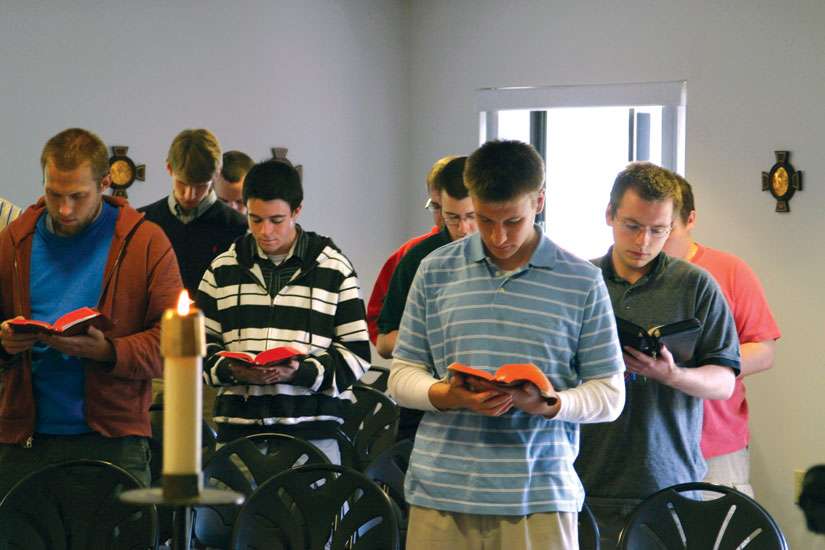Of late I have felt this strongly. I doubt that I am unique. I spent so much of the past nine years thinking, writing and speaking about euthanasia I would forget that my inner peace was not determined by men and women but by God. Anger, even in pursuit of a righteous cause, can be toxic.
Not that I think those efforts were not worthwhile, nor the efforts of others who put even more of their lifeblood into this noble battle. But there came a time when it was akin to breathing in pollution. It was being trapped in a bad dream, a lost society that had carelessly thrown out those fundamental values that goodness depends on.
This feeling was not completely new to me. In February 2015 the Supreme Court of Canada went insane and declared our bans on state-sanctioned killing of the vulnerable unconstitutional. The morning after I was overwhelmed with fury.
That same morning I spoke with Josephine Lombardi, a professor of theology at Toronto’s St. Augustine’s Seminary and a seriously wonderful and inspiring woman.
She commiserated with me over the court’s awful decision.
My response to her: We have to write more letters. We have to do more talks. We have to alert everyone. We must act and act and act.
Her response to my list of things to do was not what I expected: Do not forget to pray. We need more prayer.
At first I thought her idea was sweet but naive. Then later in the day I realized her advice was not just something extra but the fundamental answer to the situation that was developing. I forgot that prayer is also a form of action.
Prayer may not stop pro-death politicians from acting in blissful ignorance or bring lofty judges back to their senses but it does connect us with a truth that no man or woman can trump.
Prayer is also a strong reminder that we are free. We do not have to be burdened by evil nor do we have to succumb to laws that are designed to murder rather than heal.
A reminder of the power of faith was brought home a few weeks ago. The Vatican announced that the “memorial” of St. Mary Magdalene would be raised to a feast day, the first celebration on July 22.
There has always been mystery around which of the Marys in the New Testament was Mary Magdalene. Was she the penitent woman in Luke 7, the one who anointed Jesus and wiped His feet clean with her tears and hair? Was she the same Mary who was the sibling of Martha and Lazarus?
But some things about her are not in dispute: She was a follower of Jesus. She stood under the cross when all the men save John fled in panic. And after His passion, she was the first person who saw the risen Christ.
Now think of Mary. Think of the trauma she had just witnessed by seeing her Lord nailed to wood and dying in agony. Imagine watching this while the hostile mob around mocked and made merry at the suffering of her Lord.
All that she believed seemed destroyed in a single day. What compelled her to visit the tomb we will never really know. But there was Jesus calling her by name with a love beyond measure. All at once everything changed. She became the Apostle to the Apostles. Death became life. The worst crime became a miracle to sustain Mary and the rest of us for 2,000 years.
We need to think of St. Mary Magdalene in these seemingly dark days of ours. We need to think of what faith brings. How it can free us of man’s foulest intentions.
We are not helpless victims of societal madness. When has the world ever been truly sane? We can still choose how to live.
What St. Paul said in his Epistle to the Romans was as true back then as it is today and will be forever.
“If God is for us, who is against us?”
(Lewis, former religion editor for the National Post, is a Toronto writer.)


